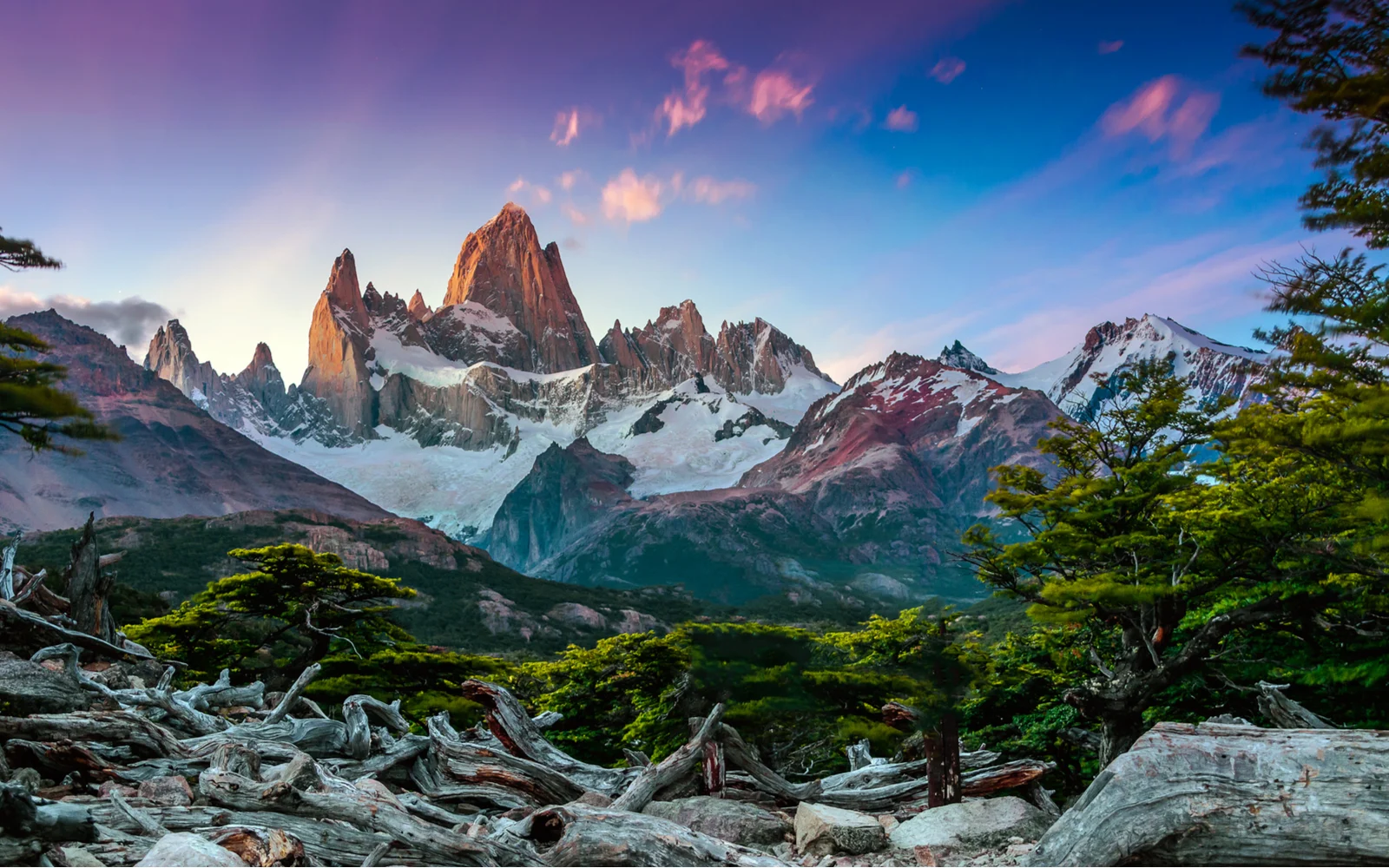What's the best time to visit Argentina?
The best time to visit Argentina is from November to February during the peak summer season, offering hot temperatures, outdoor activities, and vibrant festivals. January, despite some rainfall, remains ideal for exploration.
Southern Patagonia is best visited in January and February when roads are passable and snow has melted. For winter sports enthusiasts, July is the best time for skiing and snow-related activities, especially around Argentina’s Independence Day on July 9th.
As one of South America’s most stunning and geographically diverse countries, Argentina is a favorite spot for international wanderlust travelers seeking natural beauty, rugged wilderness, and a colorful, welcoming culture.
But before you plan out your itinerary or think about the region you want to visit, you need to discover the best time to visit Argentina. We’ll share the best time to visit for great weather, cheaper prices, and smaller crowds in this quick travel guide.
The Overall Best Time to Visit Argentina
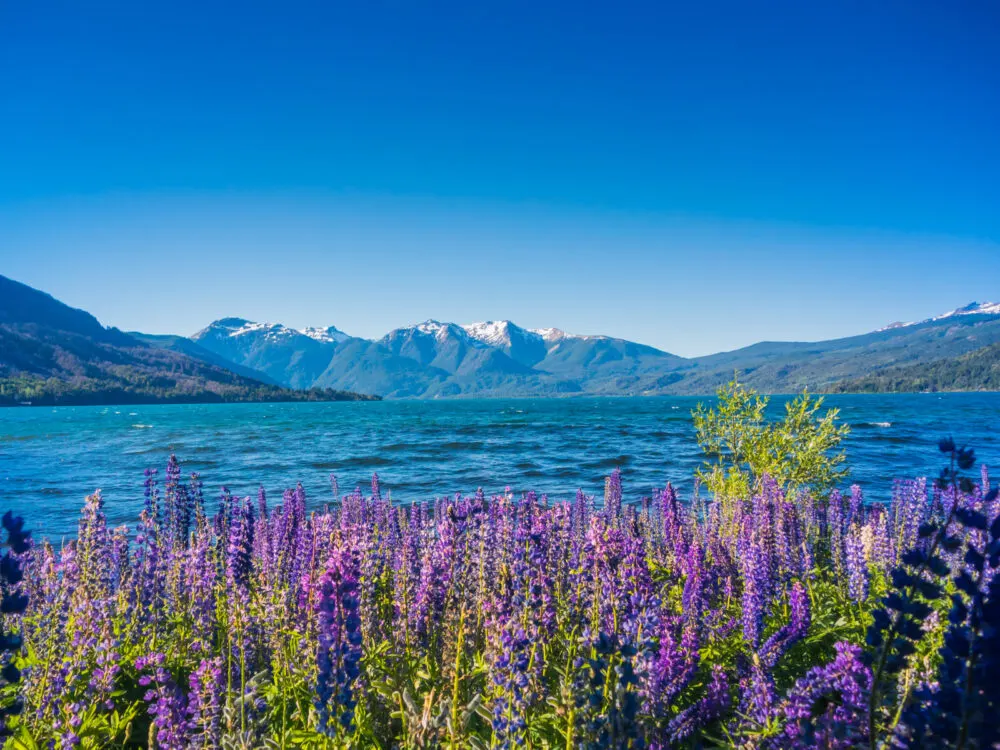
Guaxinim/Shutterstock
- November-February is the best time to visit Argentina
- Best weather, activity options, and peak summer season
- July is best for winter sports and cultural celebrations
The best time to visit Argentina is November through February, which is the peak summer season. Temperatures heat up and range from mild and comfortable upper 50s (southern regions) to very sunny and hot in the upper 90s (northern regions).
The cities are alive with events and festivals, hikers and nature lovers are out in Argentina’s national parks and wilderness in full force, waters are warm enough to swim in, and there’s never a dull moment at this time of year.
January receives more rainfall than most of the other months of the year, but it’s just part of summer in Argentina.
Still, there are only 8-10 rainy days per month (in Buenos Aires) during the summertime, making it ideal for outdoor and urban exploration. Rainfall occurs in the form of brief afternoon showers and thunderstorms that don’t leave the skies overcast very long.
Since it’s the height of summer from January to February, it’s a great time to visit Patagonia in southern Argentina as the snow has melted and roads are passable until March.
Check out El Calafate and Bariloche at this time of year, but book early. Accommodations fill up fast! For winter sports enthusiasts, July (especially mid-July) is the best time to visit Argentina.
This is the height of ski season in the resort towns and you’ll see plenty of powdery white snow on the ground for skiing, snowboarding, snow tubing, and more.
Book early to ensure you don’t run into “no vacancy” when you go to book your stay. Argentina’s Independence Day is on July 9th, so check out the fun celebrations to get a taste of the culture and national pride here!
Cheapest Time to Visit Argentina
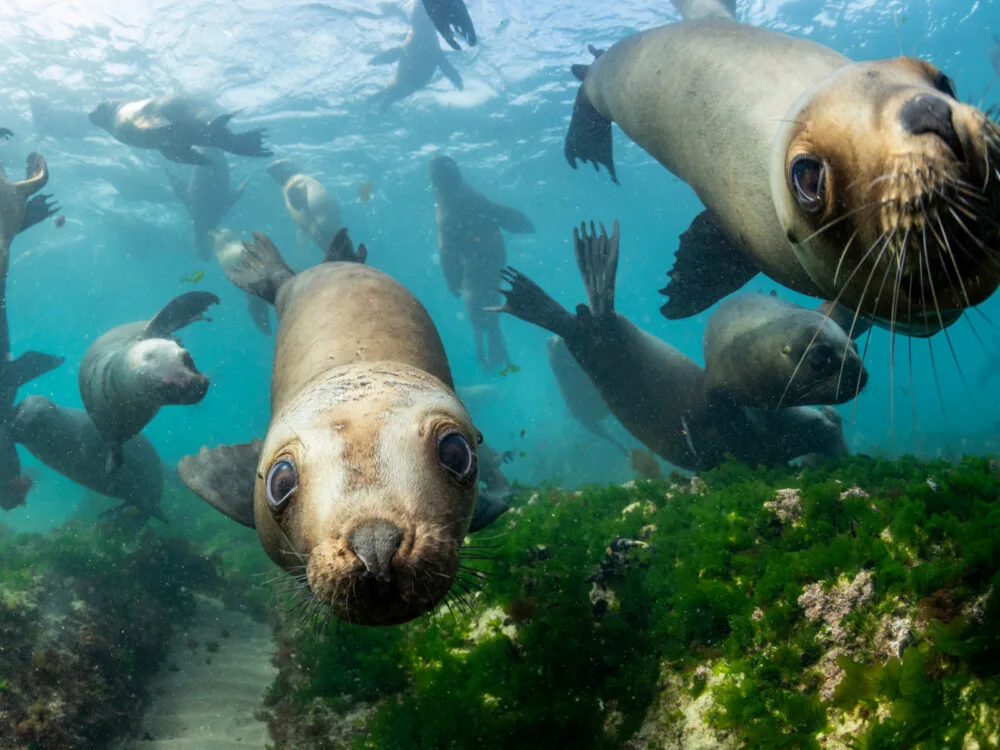
Wildestanimal/Shutterstock
- August-September is the cheapest time to visit
- Discounted flights and hotels are common this time of year
- Late winter/early spring weather with little rainfall
The best time to visit Argentina on a budget is August and September (especially late September). This is when flights and hotel rates are deeply discounted as Argentina finishes one of its shoulder seasons and enters the low season.
You can find the year’s lowest rates on flights during these 2 months and lodging as low as $30-$40 per night!
The weather at this time of year is cool and crisp, much like fall time. As Argentina shrugs off the snowy weight of winter and welcomes spring’s lush new growth and warmth, it’s a wonderful time to visit.
Nice breezes, little rain, and temperatures in the low 50s to mid-60s make it a very comfortable time to hike in the national parks and spend time outdoors.
You’ll see wildflowers sprouting and bringing some of the first spring color in Argentina’s Lake District at this time of year. Spot playful whales, penguins, sea birds, sea lions, and seals in late August and September down in Peninsula Valdes.
If you’re sticking to the cities, head down in August for the 2-week Buenos Aires Tango Festival and take a tango class to bring the memories home! Check out the largest music festival in the country (Pepsi Music Festival) in September.
Least Busy Time to Visit Argentina
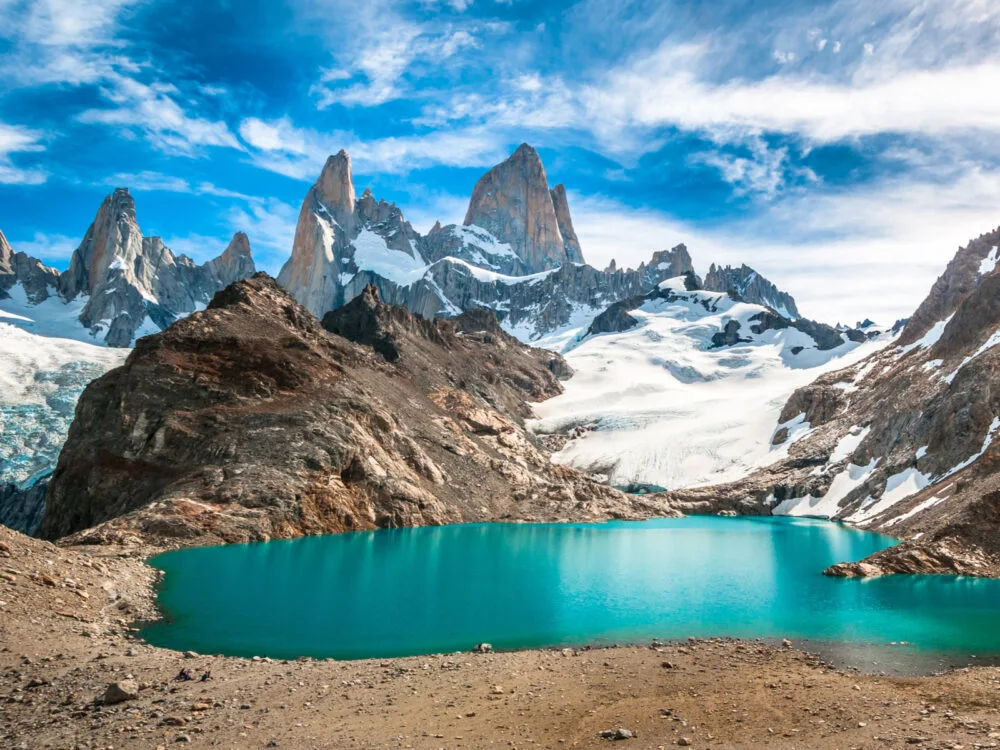
Javarman/Shutterstock
- June-August see fewer visitors in Argentina
- Low season with open booking availability
- Cool/crisp to cold and snowy weather
If you’re trying to avoid the mega crowds of summertime, the best time to visit Argentina is from June to August – Argentina’s winter. It ranges from cool and crisp to frigidly cold and snowy, depending on the region you visit.
But this less-than-ideal weather keeps most tourists away and makes it a great time to visit without crowds! The coldest southern regions of Argentina, like Patagonia, are usually impassable for tourists at this time of year.
Summer beach resorts are closed for the season. So instead of venturing too far south, enjoy the snowy weather at one of the cozy ski resorts or go up north to escape the coldest weather.
June to August is ski season for the country, and while you’ll notice some crowds forming at the most popular resorts, it’s nothing like peak summertime.
If you really want peace and quiet, you can skip the ski resorts and visit just about anywhere outside of southern Argentina at this time of year. Just be aware that snowfall and very cold temperatures may put a damper on any outdoor exploration plans.
If you plan to visit during June-August, book your stay early at a ski resort and use your getaway to master a new skill (or just to keep your ski skills sharp)!
Worst Time to Visit Argentina
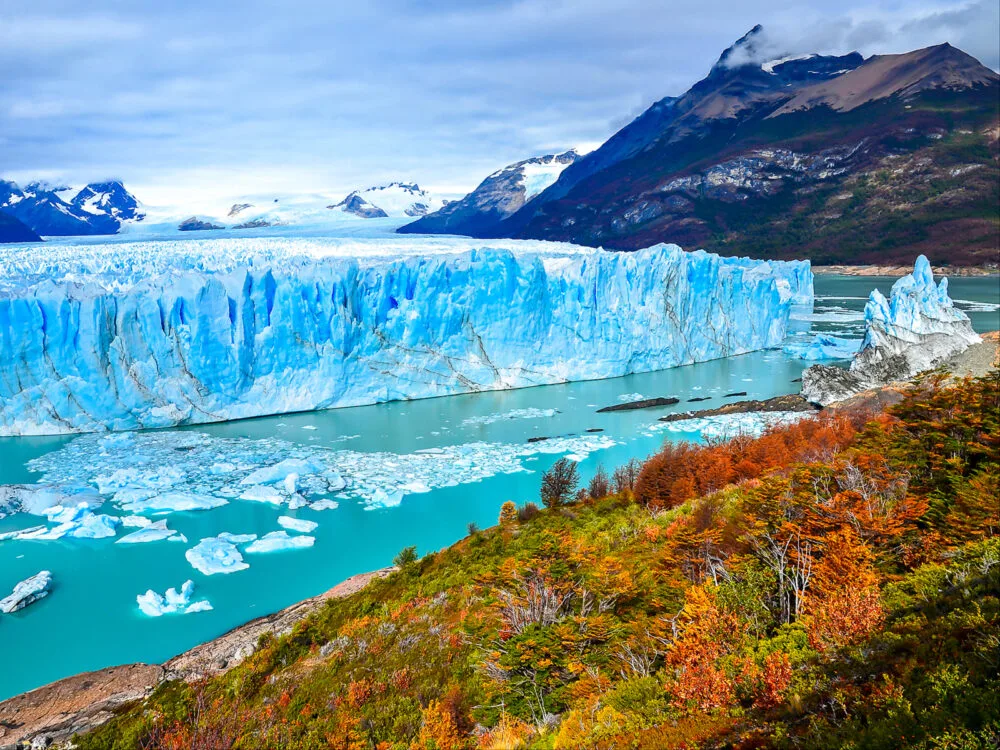
VarnaK/Shutterstock
While there’s something enjoyable to do and see anytime of year in Argentina, certain times of year are better than others. It all depends on your goals for the trip and what you plan to do – or not do – while you’re there.
Here’s a look at the worst time to visit Argentina:
- If you’re not planning to ski, the worst time to visit is June-August (ski season). Temperatures range from chilly to downright freezing at this time of year, depending on the region you visit. Mountain passes and roads in the south typically close due to ice and snow, so you’ll be limited in the areas you can comfortably explore.
- If you’re trying to beat the heat, the worst time to visit is January and February. These are the hottest months of the year in Argentina with highs in the upper 90s. It can make rigorous hikes and climbing unpleasant.
- If you’re hoping to avoid crowds, the worst time to visit is during January-February and July. These are Argentina’s two peak seasons for tourism (summer and ski season). Flights and hotels are more expensive during these periods and you’ll have to book at least 3 months in advance to secure reservations in most cases.
Things to Consider
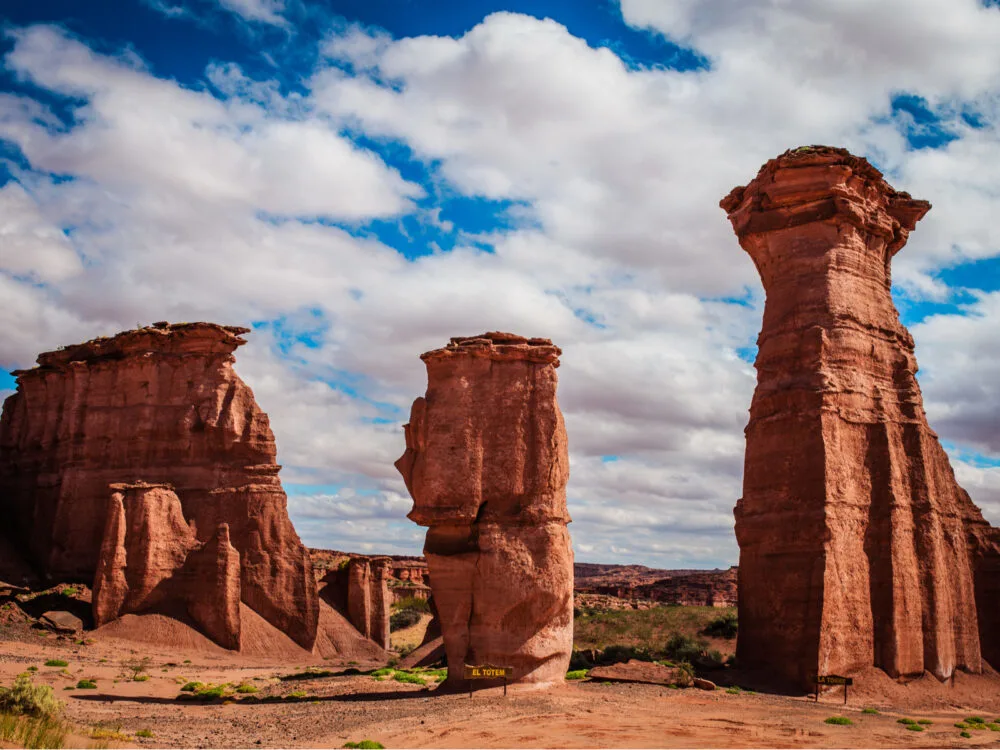
PablitoStock/Shutterstock
Now that you know the best time to visit Argentina (and the worst), what other info do you need to make the most of your stay? Keep these tips in mind to enjoy your Argentinian journey to the max.
- Argentina’s seasons are “reversed.” Argentina lies south of the equator in the Southern Hemisphere, so the seasons there are reversed. Winter is June through August. Spring is September through November. Summer is December through February. Fall is March through May. It can be a little confusing, but it’s important to know what weather and seasonal changes to expect before you book your stay!
- Pack properly for winter. If you’re visiting the north (Iguazu Falls, Gran Chaco), bring lightweight shirts and jackets, comfortable hiking shoes. If you’re visiting around Buenos Aires, bring warm sweaters, jackets, hats, and an umbrella. If you’re visiting further south, bring cold weather gear including heavy coats, hats, scarves, extra layers, and boots. If you’re going into the Andes, pack more warm layers the further south you go.
- Brush up on your Spanish before you go. As the largest Spanish-speaking country in the world, Argentina’s it’s highly recommended that you familiarize yourself with the official language before you arrive. There are plenty of English-speaking locals in the cities, but you’ll gain access cheaper food, hotels, and activities if you can wheel and deal with Spanish-speaking locals outside of the main “tourist traps.”
- You’ll need travel insurance to go. Argentina requires non-residents to have proof of travel insurance to visit. Argentina offers universal healthcare, so they require visitors to prove that they’re insured for any medical care they may need while visiting. You’ll need to electronically submit your travel insurance proof within 48 hours before you arrive. Also be sure to see our picks for the best travel insurance here.
Best Time to Visit Argentina: A Summary
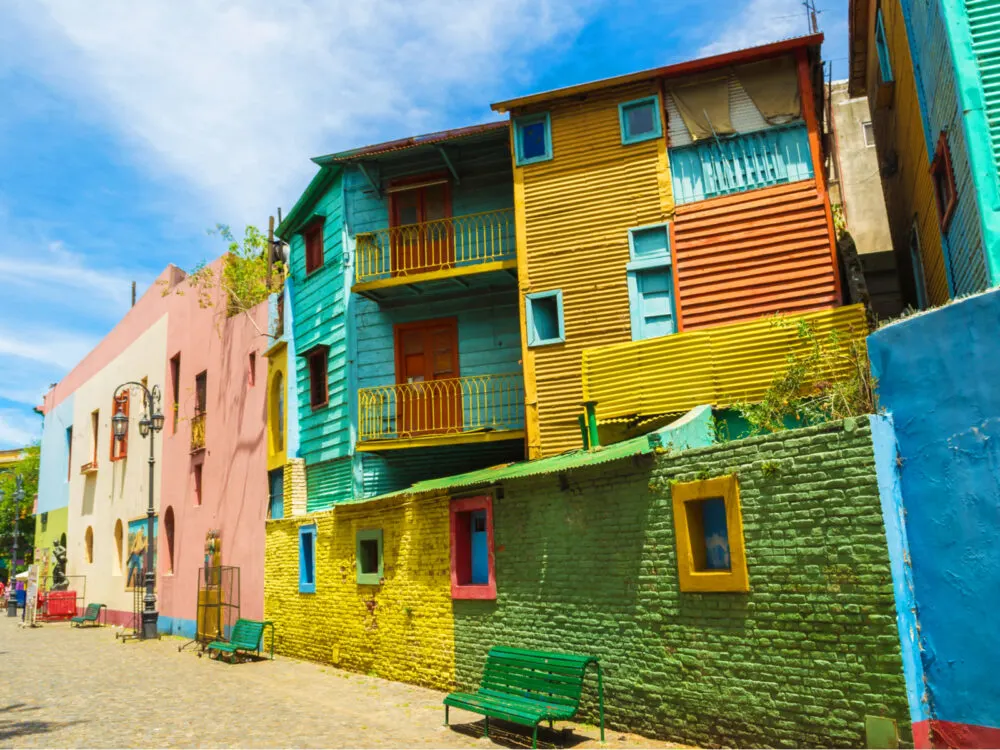
ThiagoSantos/Shutterstock
Overall, the best time to visit Argentina is during the summer months — November through February. This is when the weather is warmest (hot upper 90s in some areas) and perfect for outdoor exploration, swimming, wildlife watching, and getting familiar with the cities.
It’s busy and more expensive at this time of year, but well worth it, no matter which region you visit. The best time to visit Argentina for winter sports is during July, which is the peak of ski season.
The ski resorts and snowy areas get a little crowded, but it’s not as hectic as peak summer season. In both cases, you’ll need to book early to secure your flight and room for a reasonable rate.
Final Thoughts
Visiting Argentina can be incredible with breathtaking natural beauty and so much cultural diversity in the bustling cities.
But your visit will only be great if you go at the right time of year for your specific trip goals! Keep what you’ve learned from this guide in mind as you move forward to plan your Argentina adventure.
Whether you’re planning to daringly summit Mount Fitz Roy or just want to take in the feel-good vibes and culture in Buenos Aires, we can guarantee that a well-researched trip to Argentina will be one of the most memorable and enjoyable of your life.



